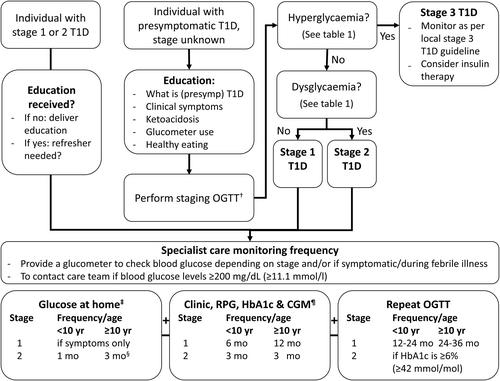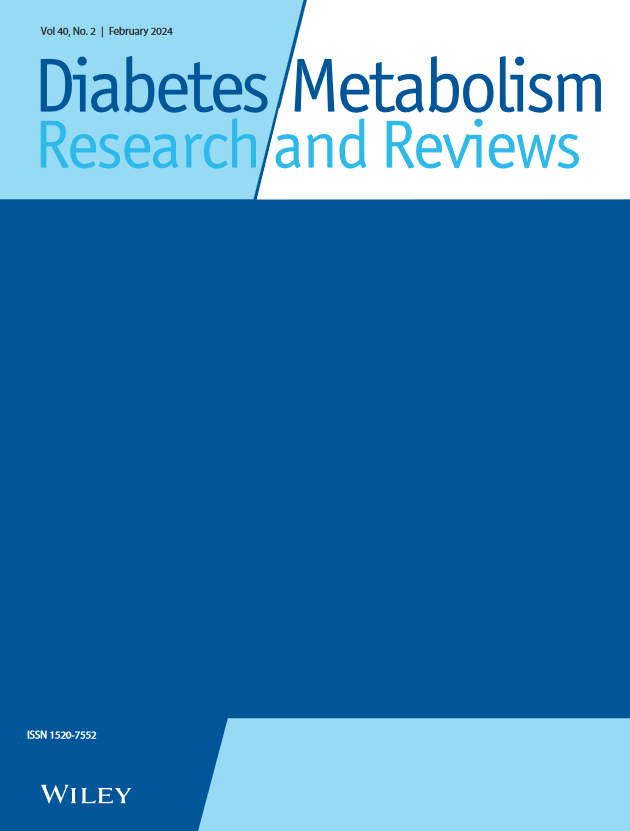Clinical care advice for monitoring of islet autoantibody positive individuals with presymptomatic type 1 diabetes
Abstract
Background/Aim
Type 1 diabetes is an autoimmune disease that involves the development of autoantibodies against pancreatic islet beta-cell antigens, preceding clinical diagnosis by a period of preclinical disease activity. As screening activity to identify autoantibody-positive individuals increases, a rise in presymptomatic type 1 diabetes individuals seeking medical attention is expected. Current guidance on how to monitor these individuals in a safe but minimally invasive way is limited. This article aims to provide clinical guidance for monitoring individuals with presymptomatic type 1 diabetes to reduce the risk of diabetic ketoacidosis (DKA) at diagnosis.
Methods
Expert consensus was obtained from members of the Fr1da, GPPAD, and INNODIA consortia, three European diabetes research groups. The guidance covers both specialist and primary care follow-up strategies.
Results
The guidance outlines recommended monitoring approaches based on age, disease stage and clinical setting. Individuals with presymptomatic type 1 diabetes are best followed up in specialist care. For stage 1, biannual assessments of random plasma glucose and HbA1c are suggested for children, while annual assessments are recommended for adolescents and adults. For stage 2, 3-monthly clinic visits with additional home monitoring are advised. The value of repeat OGTT in stage 1 and the use of continuous glucose monitoring in stage 2 are discussed. Primary care is encouraged to monitor individuals who decline specialist care, following the guidance presented.
Conclusions
As type 1 diabetes screening programs become more prevalent, effective monitoring strategies are essential to mitigate the risk of complications such as DKA. This guidance serves as a valuable resource for clinicians, providing practical recommendations tailored to an individual's age and disease stage, both within specialist and primary care settings.


 求助内容:
求助内容: 应助结果提醒方式:
应助结果提醒方式:


